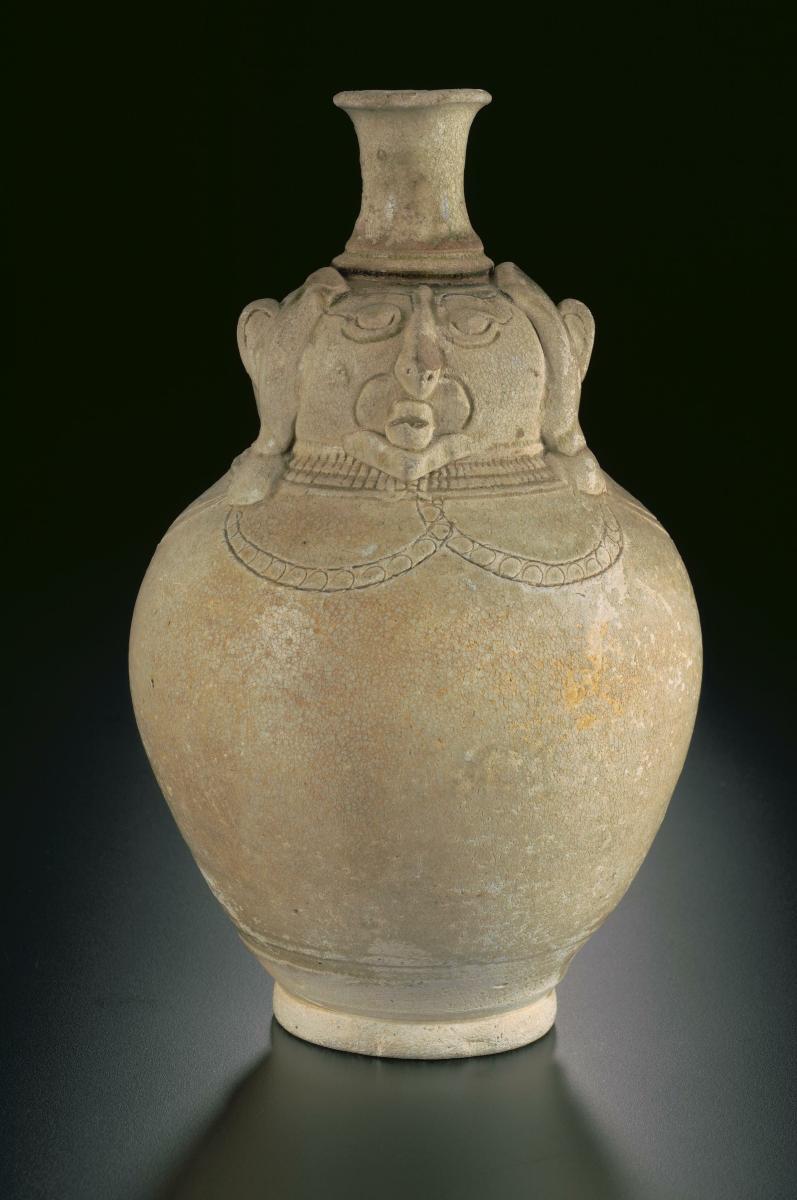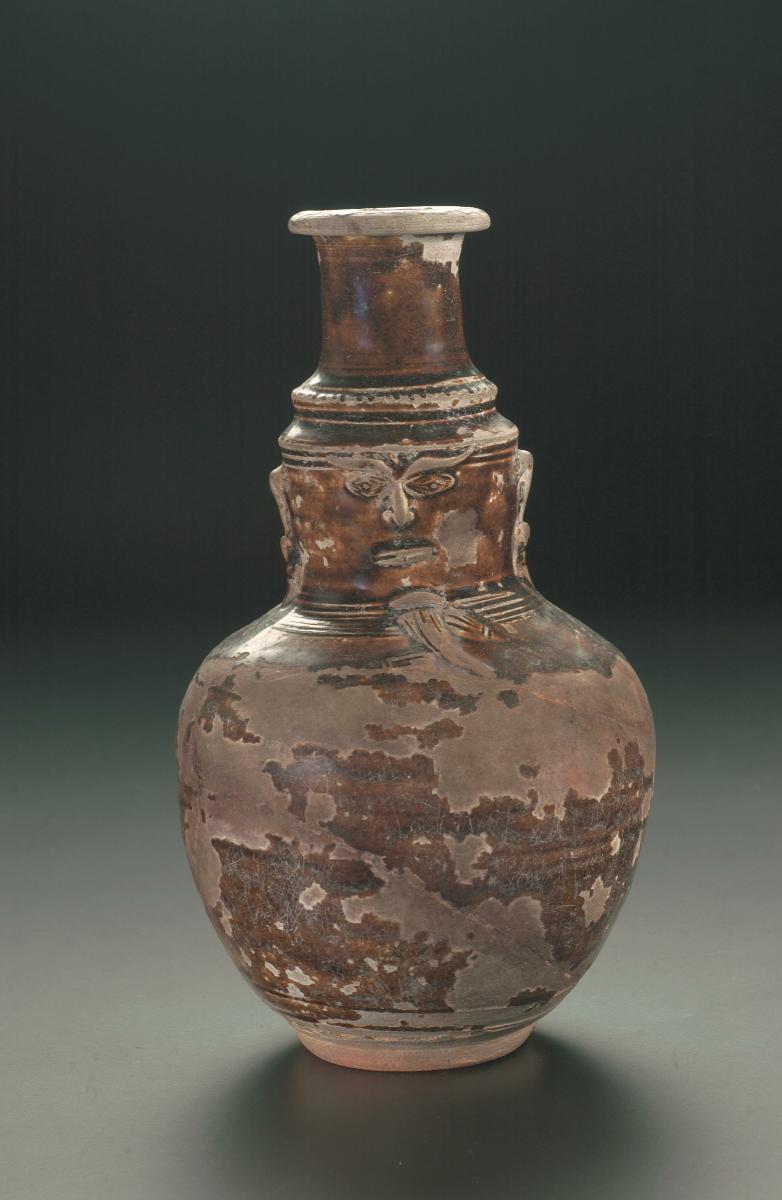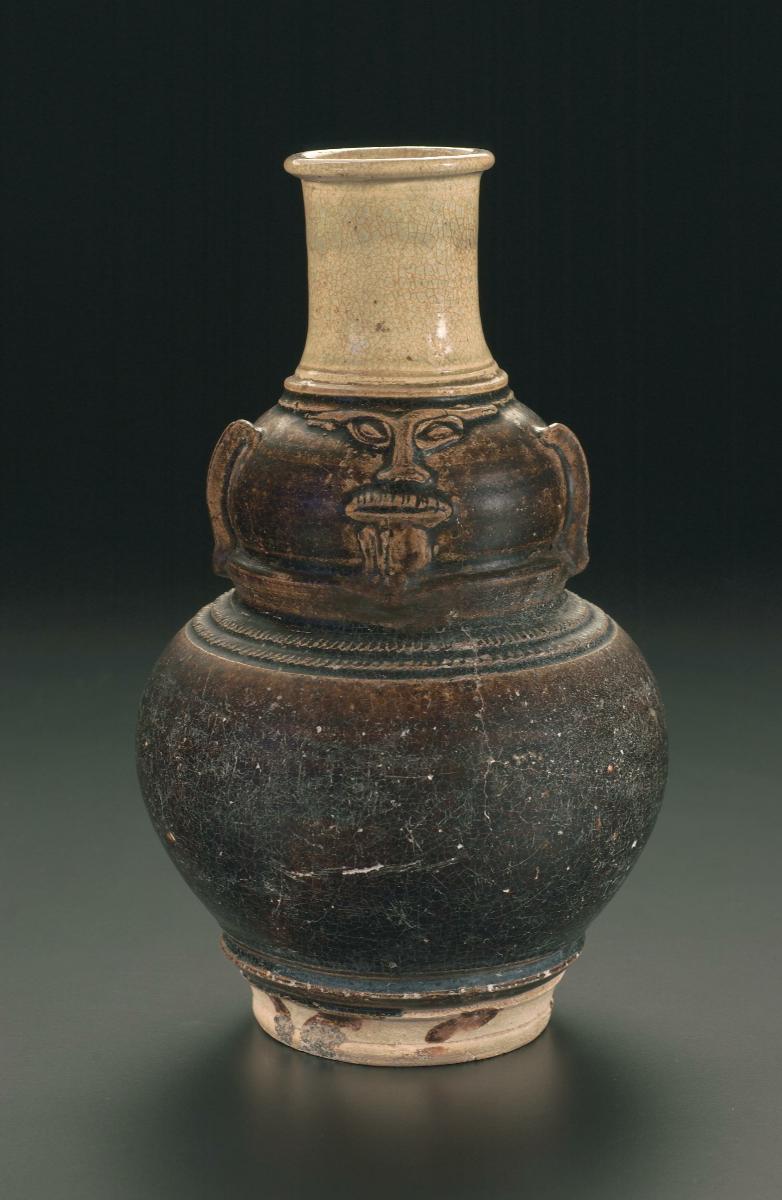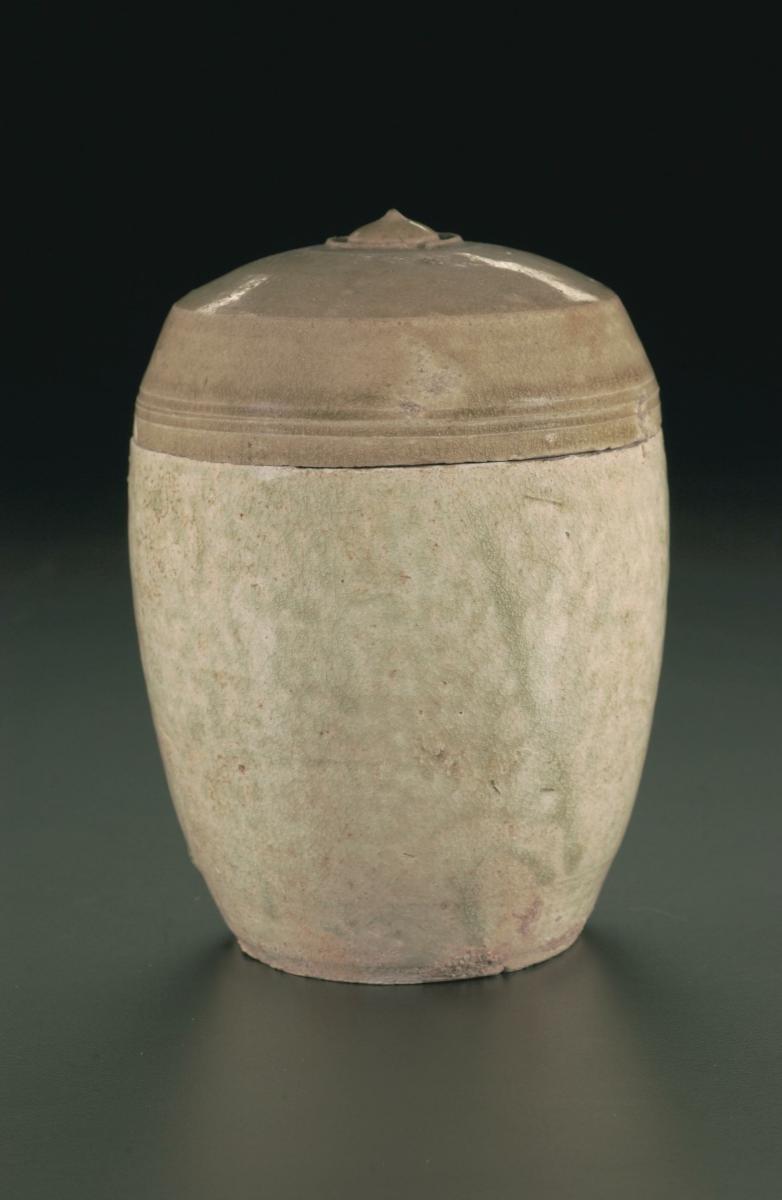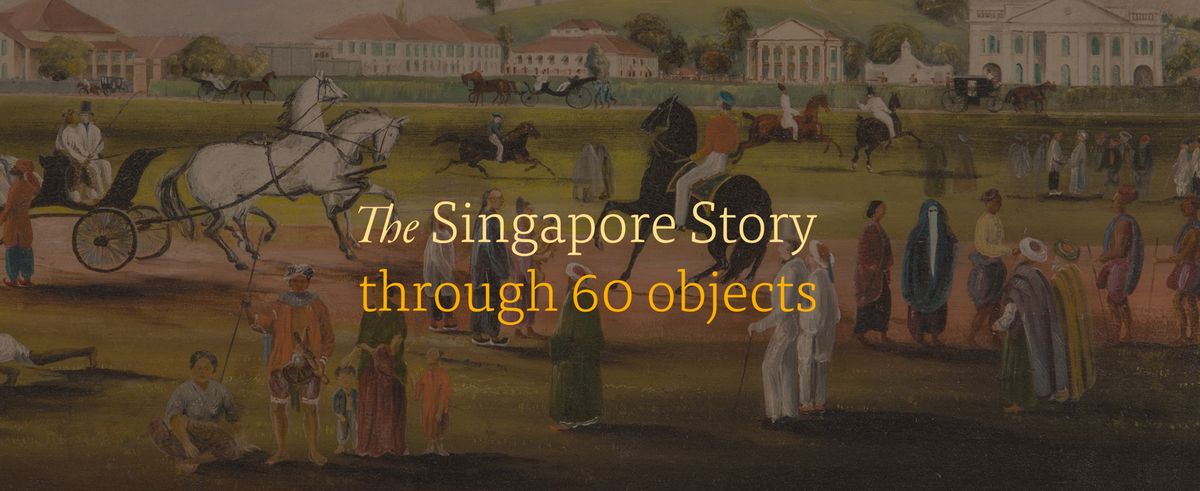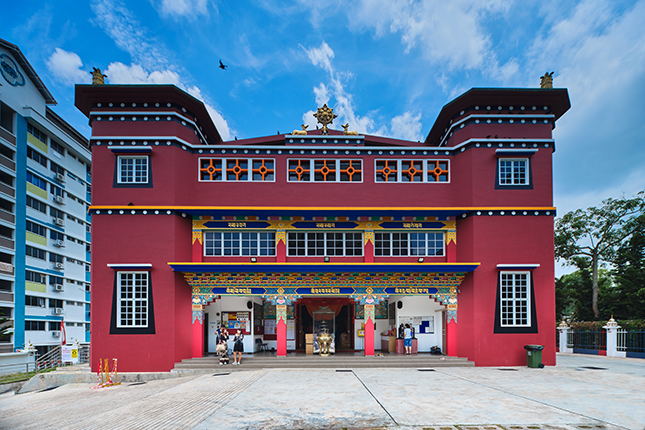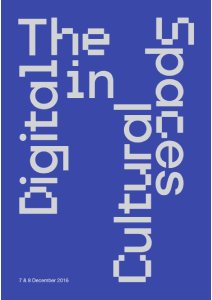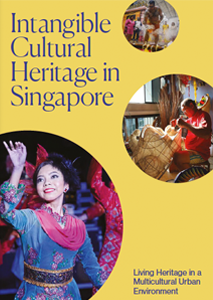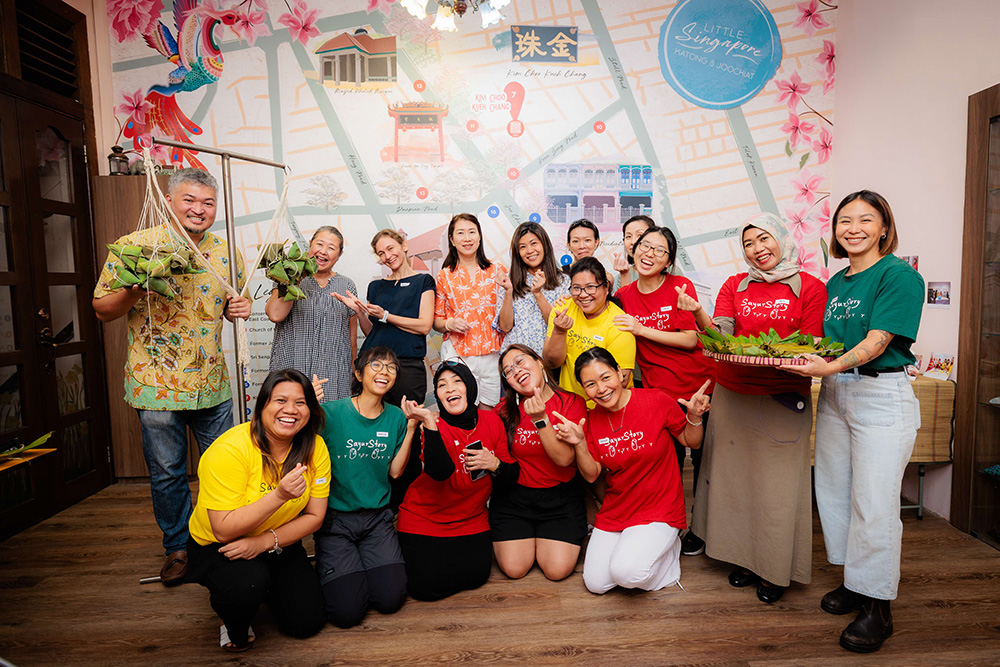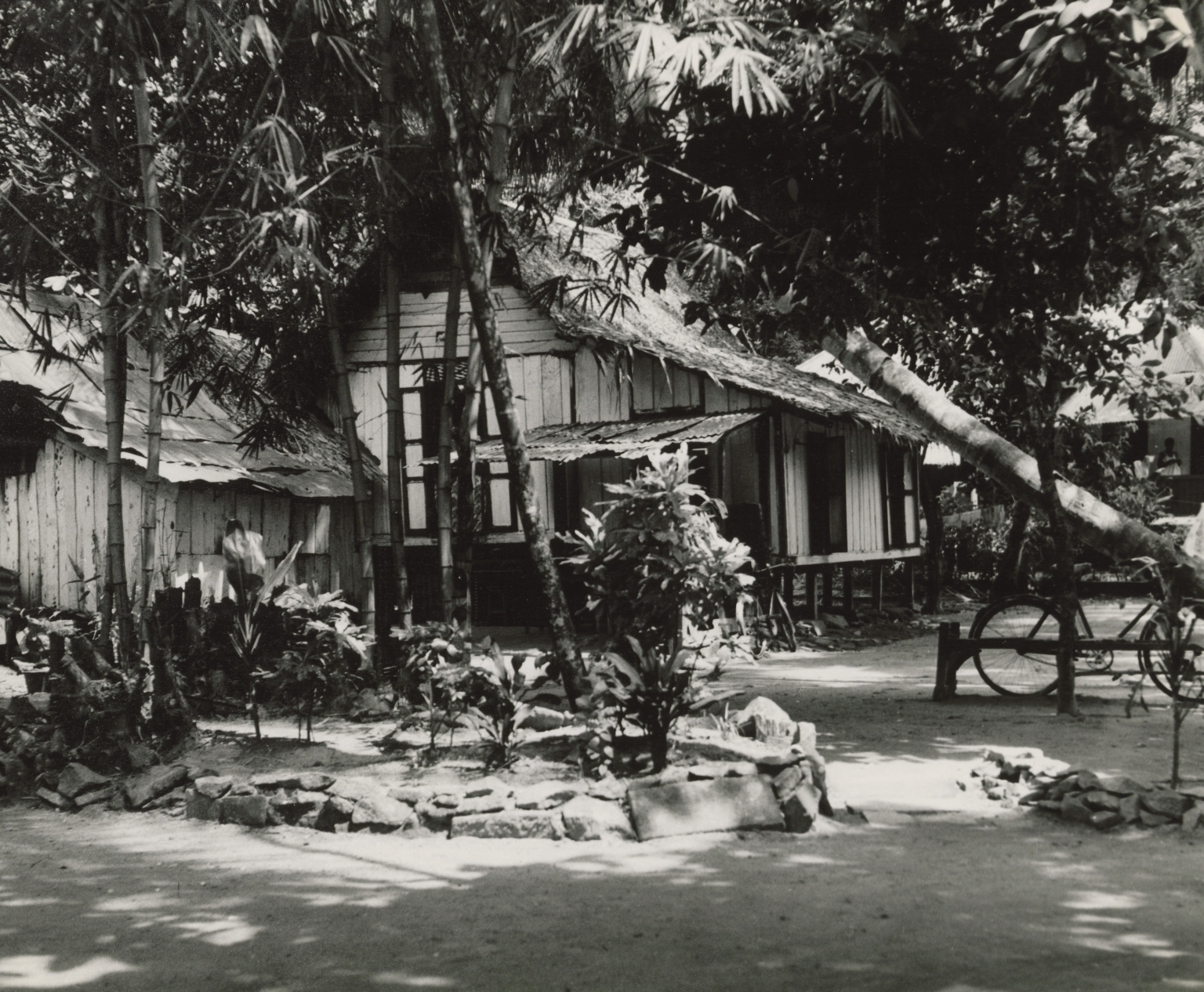This gourd shaped bottle is incised with anthropomorphic features on the upper section and the arms are applied on the sides of the face. It has a pale grey porous body and finely crackled thin pale green glaze.Khmer ceramics have a variety of distinctive forms. However, only two types of glazes were used. One was thin, pale green, usually translucent and finely crazed while the other varied from chestnut brown to olive-green and black and always mottled. Sometimes these two glazes were used on one piece.Ceramic jars and bottles have been used as ritual vessels, which were placed on altars and shrines. These usually contained incense or liquids because of the small mouth. An anthropomorphic jar like this example may have been used as a ritual vessel such as a funerary urn.Excavations have shown the earliest glazed ceramics appeared by the end of the ninth century but gradually diminished after an abundance in the 12th century. By the 14th century, they seem to have disappeared altogether. It is thought unlike the ceramics produced elsewhere in Southeast Asia, Khmer pottery was usually produced more for local use rather than for export.




